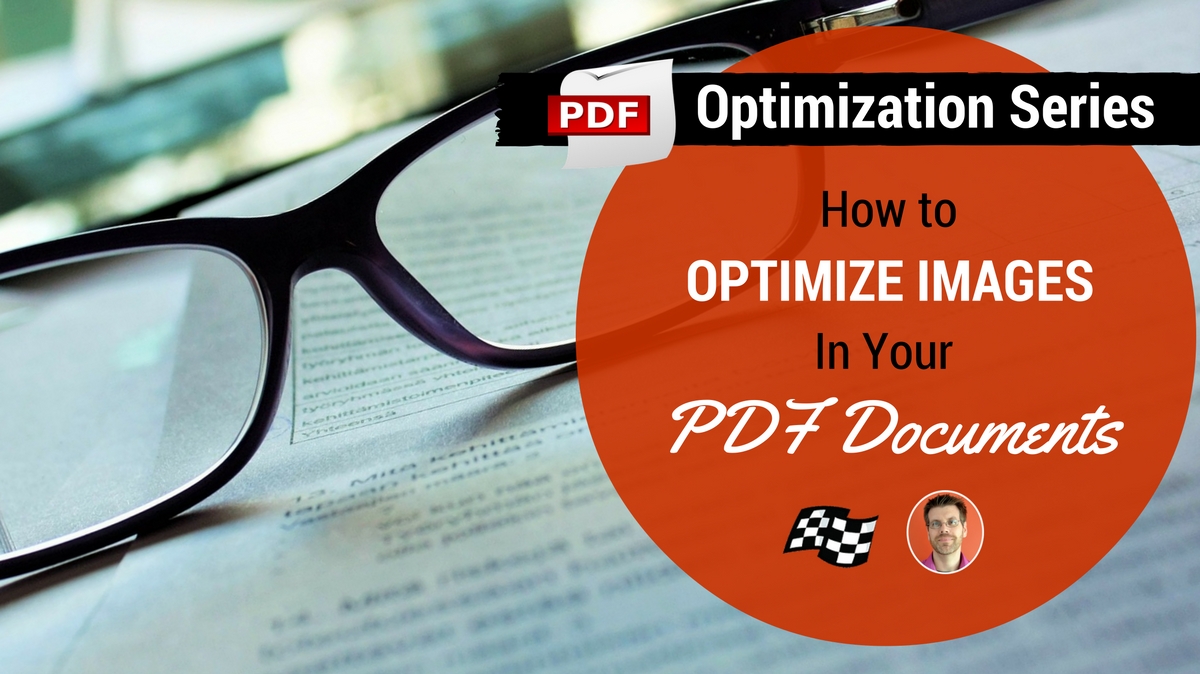

I can’t stress this point enough - it’s super easy to get penalized for your alt text.Īlso, don’t use unnecessary expressions like “This is a picture of…”. So, being descriptive is your number one priority.Īvoiding keyword stuffing is also vital. This is an example of great alt text - it’s descriptive and detailed, without unnecessary conjunctions or keywords.Īnyone can visualize the image without even looking at it. That way, visitors can still understand the picture, even if it doesn’t appear.įirst, you should be way more descriptive with your alt text than the file name. If there’s a rendering problem with the image, the browser will display the alt text. You only have to add an alt attribute to the image tag, like this: It’s incredibly important to write good alt text for all of your images.

It’s not rocket science.Īlt text is the description (or the text equivalent) of the image.Īdding it is crucial for Google and for people with screen readers. In short, keep file names simple and descriptive. You can get penalized for adding unnecessary keywords.įor example, if the photo’s file name was “amazing-spaghetti-fettuccine-pasta-dish-recipe-cook.jpg”, it would be a prime candidate for a keyword stuffing penalty. That’s the alt description’s job.īesides writing a clear file name, you also want to avoid keyword stuffing. I’ll be talking about this image throughout the whole guide)Īs you can see, the name isn’t fancy, but it gets the job done.Īnd that’s the best thing about file names: (Seriously, if you’re hungry, go grab a bite. That’s why giving your image files a descriptive name is an easy win.įor example, this is the file name of the spaghetti photo from above: You want to make sure Google understands what each image depicts.

This isn’t particularly helpful to anyone, including Google. That’s what we’re trying to do with these SEO and Accessibility techniques.īy default, most image files are named something like “IMG_010204”. With just one image, BBC’s website taps into two massive traffic sources. This example perfectly illustrates the power of image optimization for SEO. Look up the same keyword in Google Images and you’ll find the same picture. (If you’re reading this right before lunch, I’m sorry) Right now, images appear in both Google Search and Google Images.įor example, here’s the SERP for a highly competitive keyword - “bolognese recipe”.
Optimize images for free#
Join NitroPack: Get Your Images and Entire Website Optimized for Free In fact, it's one of the topics Google’s been most open about when it comes to SEO. Time and time again, Google has reiterated how important image optimization is. Unoptimized images will hurt your organic rankings. Image Optimization Techniques: SEO & Accessibility The second section will help you choose the right image type and compression level, implement responsive images, decide when to use stock photos and more. Image optimization for website speed and user experience: Most tips come directly from Google, so don’t expect too many surprises. This section contains proven SEO tips like writing good alt text and using structured data. Image optimization for SEO and accessibility: That’s why this guide is divided into 2 sections: Now, there are tons of image optimization techniques.
Optimize images how to#
SEO, page speed, and user experience all massively benefit from applying image optimization techniques.Īnd in this guide, you’ll learn exactly how to optimize your images for the web.


 0 kommentar(er)
0 kommentar(er)
